Trekking. What comes to mind when you hear the word trekking? For many travelers, it has a lot of connotations and not all of them are true. There is a perception that treks are strenuous, time-consuming, dangerous, and even expensive—like summiting Everest or surviving K2.
But is it really like that? As it turns out, treks are a great vacation for people who want to do something active for a couple of hours on flat ground to extensive endeavors at altitude, all while seeing incredible sights and meeting new people. If you’ve never considered a trekking vacation, now might be the time.
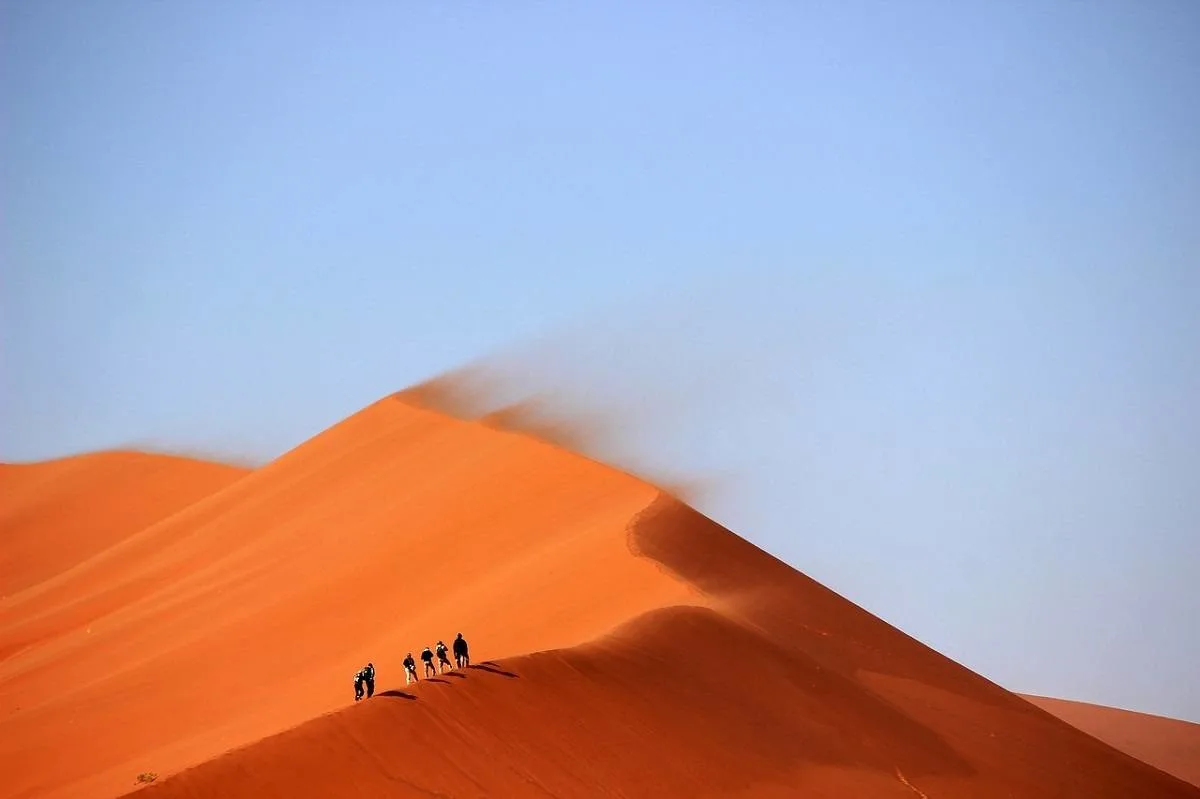
What’s the difference between trekking vs hiking vs backpacking vs mountaineering? It all seems confusing.
The terms trekking, hiking, backpacking, and mountaineering seem like they are all used interchangeably, which can confuse novices. But, in reality, they’re all different things. If you’re considering exploring any of these activities, it helps to be precise in order to get the experience you want (and not get in over your head).
Here’s the best way to distinguish between them.
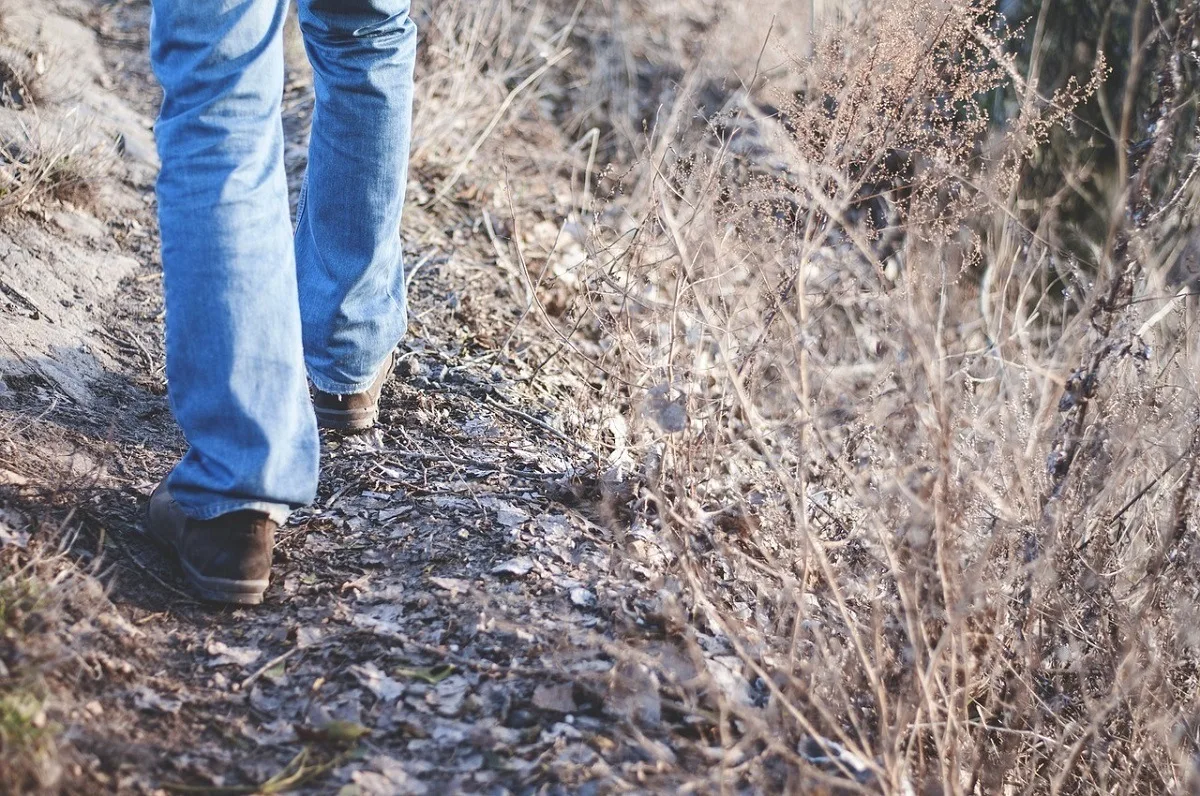
What is Hiking?
Hiking is the easiest of all the disciplines, primarily because it is the shortest. A hike is essentially a vigorous, long walk lasting less than a day. Hiking trails are usually well-maintained and don’t have steep grades because they use switchbacks to climb hills or mountains. A hiker generally makes a round-trip and ends up back at the starting point within about six hours or less
On a hike, you aren’t carrying large amounts of gear—usually just a small backpack with snacks, water, and maybe a camera. There is no overnight equipment or heavy equipment required.
One common question is what’s the difference between hiking and walking? The answer is, there really isn’t one. The distinction between walking vs hiking is largely where the hikers or walkers are from. North Americans like to go hiking, but Europeans (particular the British) love to go walking. It’s the same thing.
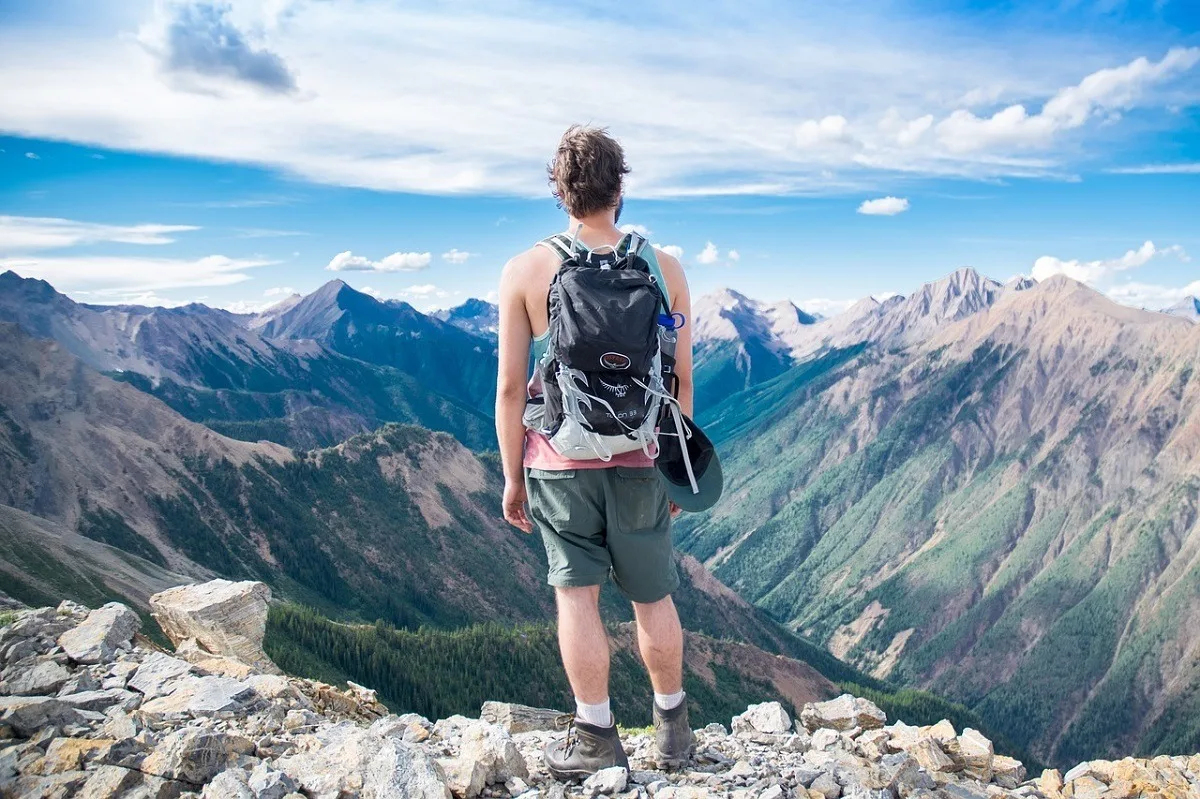
What is Trekking?
When comparing hiking vs trekking, you’ll find that trekking is more strenuous than just hiking. The main difference between trekking and hiking is the duration: treks last two or more days and will usually involve different landscapes.
A big part of the trekking experience is the distance. Trekkers generally cover 20 miles or more over several days. Generally, most trek routes will not be an exact round trip (although circuit treks are becoming popular in the Himalayas and elsewhere). A great example of this is the multi-day trek/pilgrimage known as El Camino de Santiago de Compostela (The Way of Saint James) in Spain. For this European trek, you start in France and end up at the Atlantic Ocean on the Spanish coast.
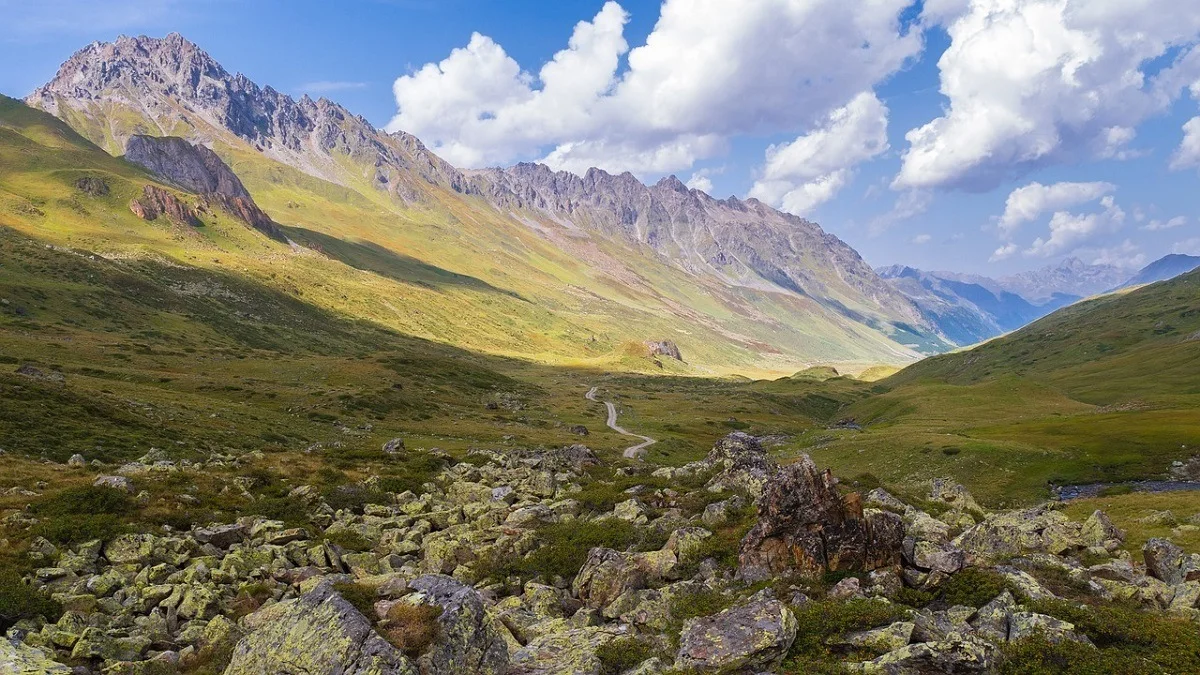
The other big difference between hiking and trekking is that you stay on the route overnight. This means taking overnight gear with you. If you carry the gear yourself, you are backpacking. If you rely on a porter or sherpa, you’re trekking. [Be sure to read our related article on trekking with the Sherpas in Nepal.]
When on a trek, you may stay in a tent overnight, or you could be mountain trekking from lodge to lodge. In Asia—particularly in the Himalayas—teahouse trekking is very popular, as you move small inn to small inn. I did a teahouse trek in the Himalaya Mountains during my time in Nepal in the 1990s.
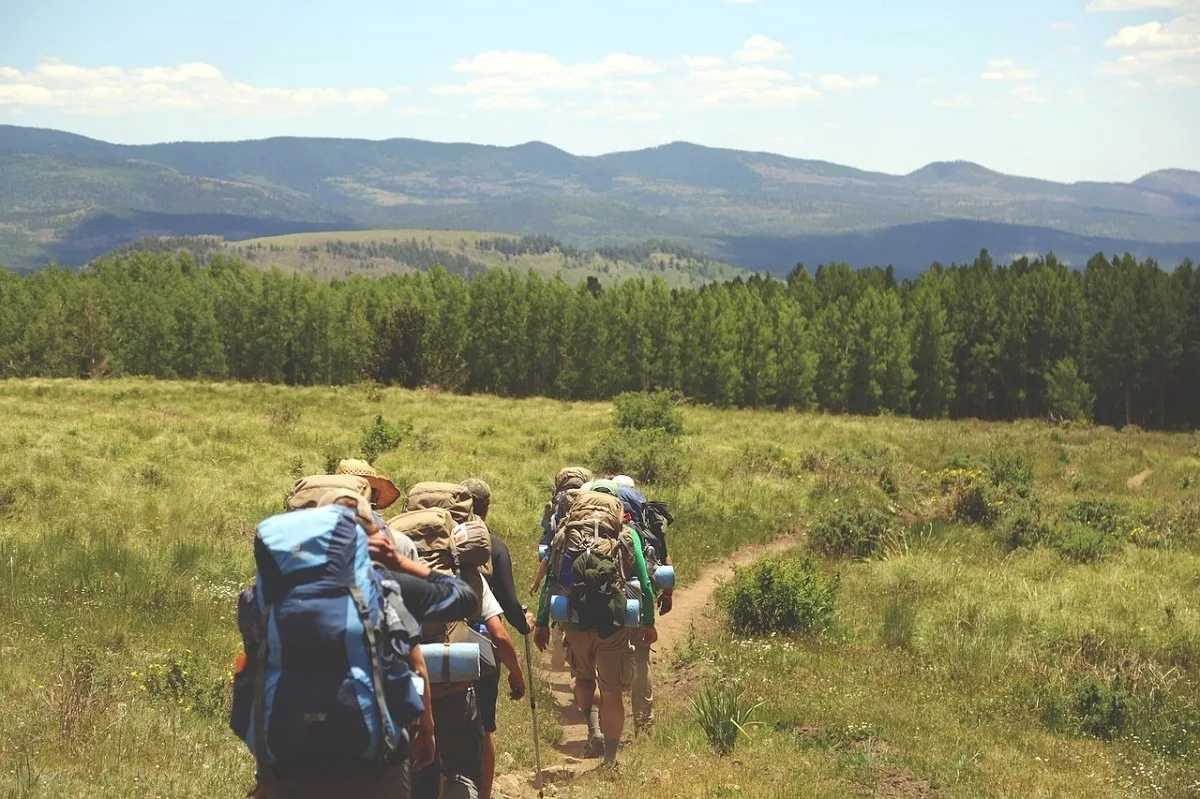
What is Backpacking?
Backpacking is essentially self-sufficient trekking. In backpacking, you carry your own gear, including food and often water. You are sleeping out under the stars or in a tent that you carry. Nobody is bringing your gear for you.
Other than those differences, backpacking is the same as trekking or hiking in the mountains. You are gone for multiple days, covering long distances, and engaging in vigorous exercise.
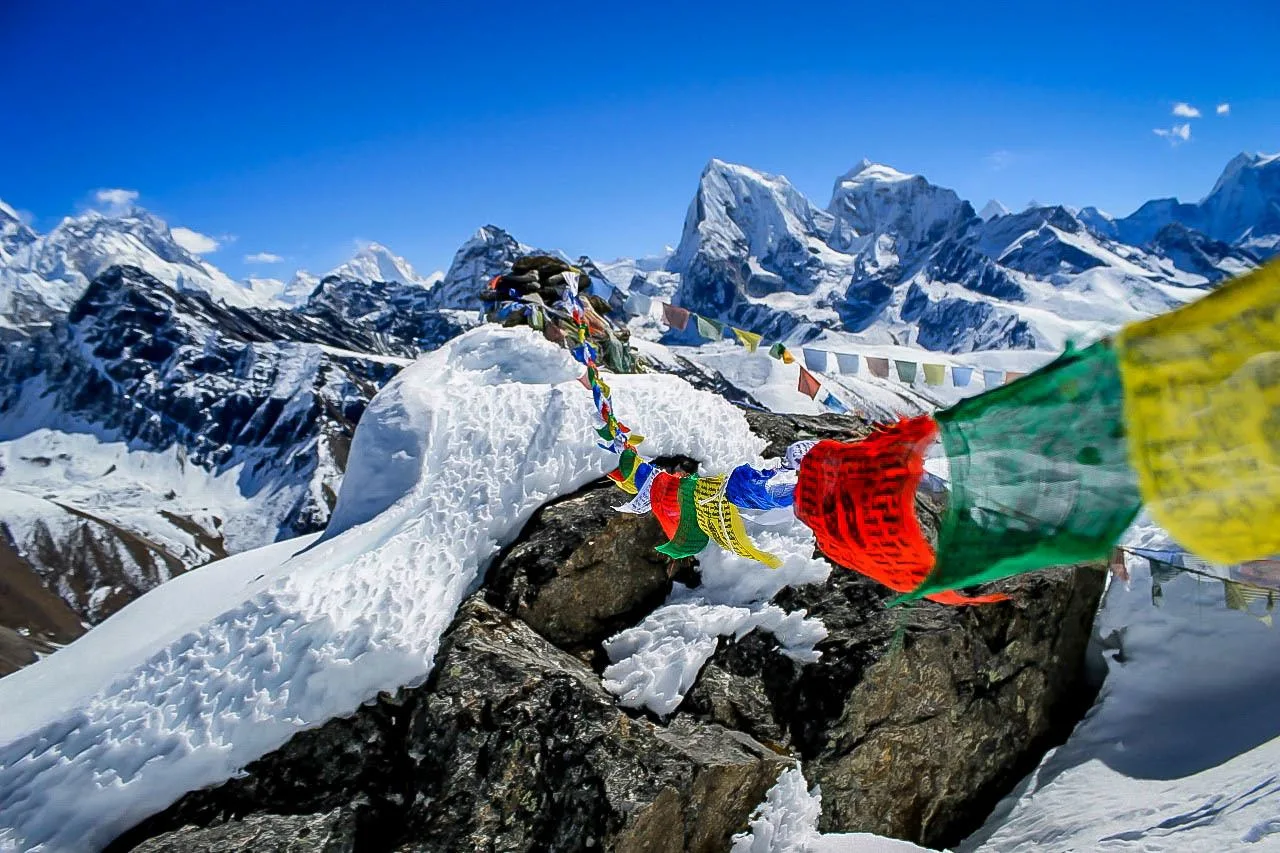
What is Mountaineering?
Mountaineering is basically extreme mountain trekking or mountain backpacking. When comparing mountaineering vs hiking, mountaineering is a technical endeavor, whereas hiking is more similar to going on a long walk.
In mountaineering, you use specific equipment to summit high mountain peaks. This equipment can include helmets to keep rocks from falling on your head, ropes to keep you from falling, bottled oxygen so you can breathe at high elevations, crampons and ice axes to get grips on the snow and ice, and pitons to dig into the rock face and provide holds.
Mountaineering requires a great deal of physical endurance and mental persistence. It is an incredibly demanding and often dangerous activity.
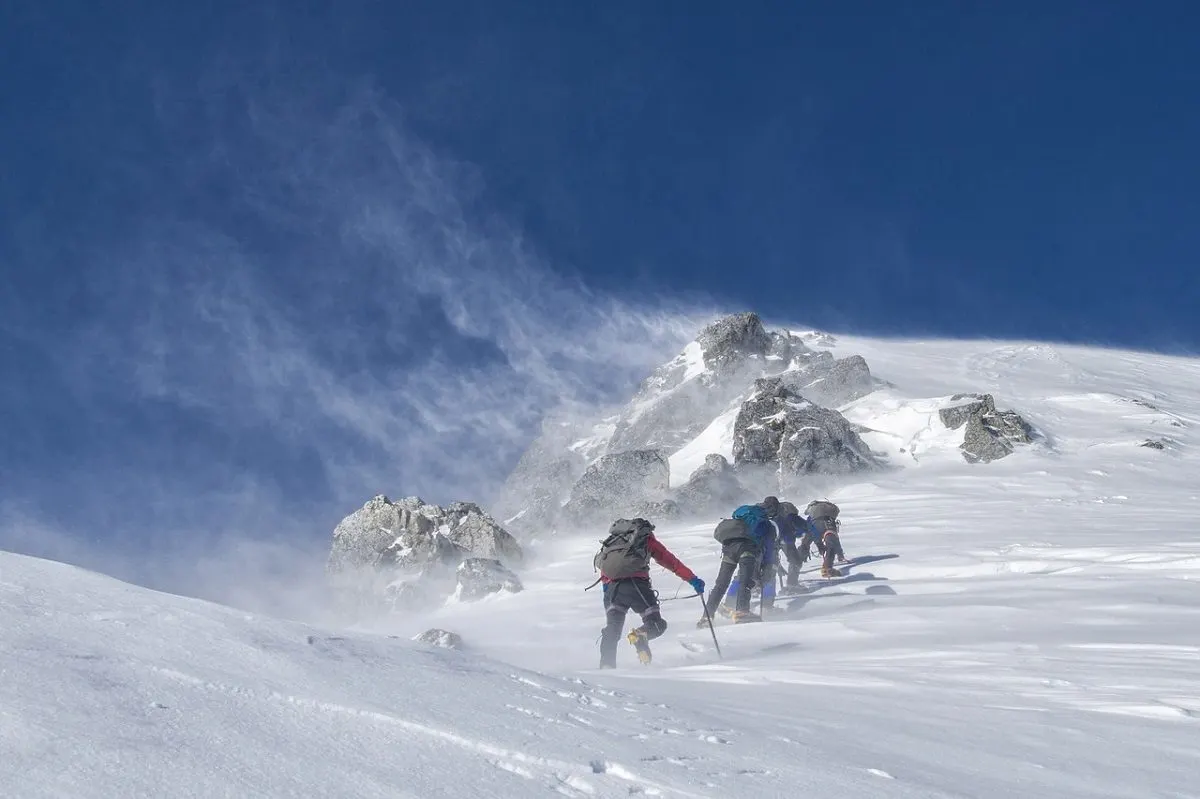
And mountaineering is not trekking. If you’ve never been trekking before, you probably have these visions of summiting Mount Everest or K2. You may occasionally read news stories about the mountain climbers dying on these peaks.
And while there is a lure and challenge to summiting those big mountains, most people wouldn’t necessarily think it is a vacation. Thankfully, when trekking in the mountains, you can still be out among those majestic peaks and enjoy seeing them without the dangers of technical mountaineering.
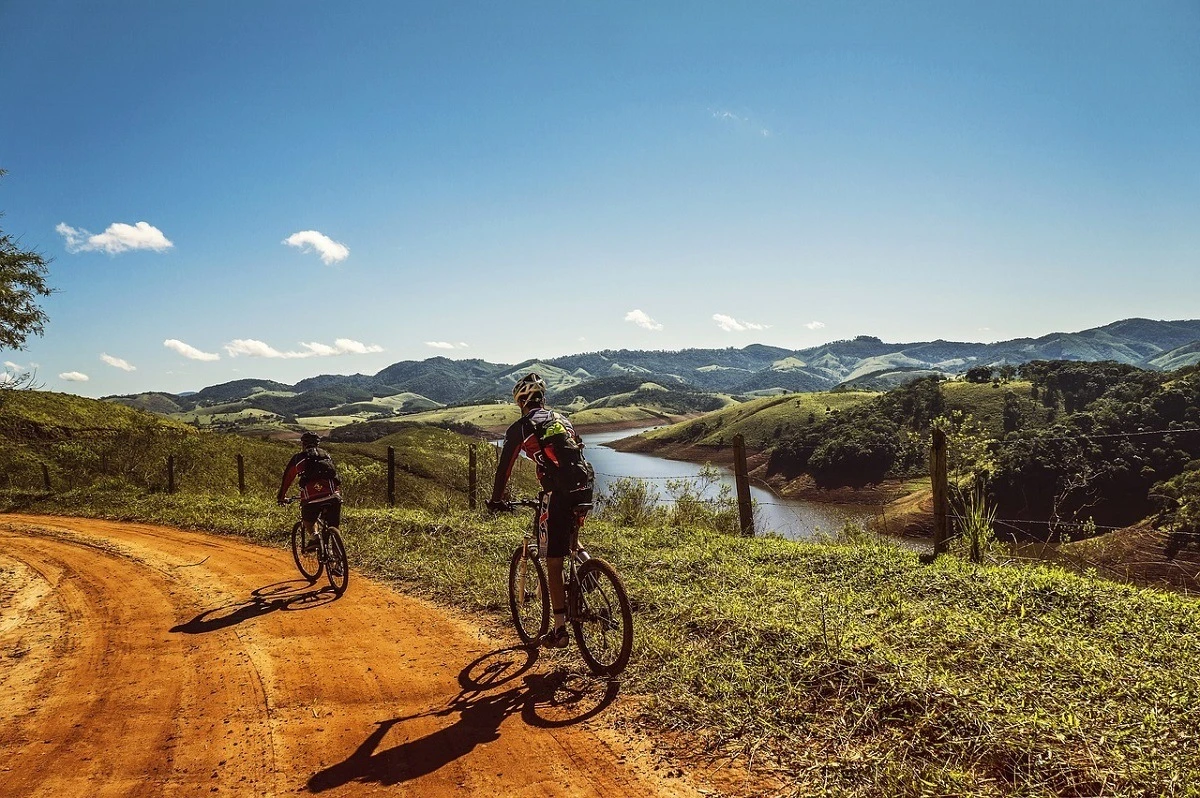
Is trekking dangerous?
It is not any more dangerous than any other kind of travel. Yes, any time you get up off your couch and away from your television, there is a risk of something happening. But that doesn’t mean trekking is dangerous.
The biggest risk while trekking is tripping or falling on the trails and uneven ground. You might scrape a little bit of skin, but you’re not likely to really hurt yourself. Of course, you don’t need to go trekking to have this happen. You might recall, Laura managed to trip and fall while walking down the sidewalk in Rome. And then did it again the next year in Slovakia. And I recently did the same exact thing in the United Kingdom.
Otherwise, dehydration and sunburns—which can happen anytime you’re outside—are the most common health issues. If you stay hydrated and use sunscreen, you’ll be fine.
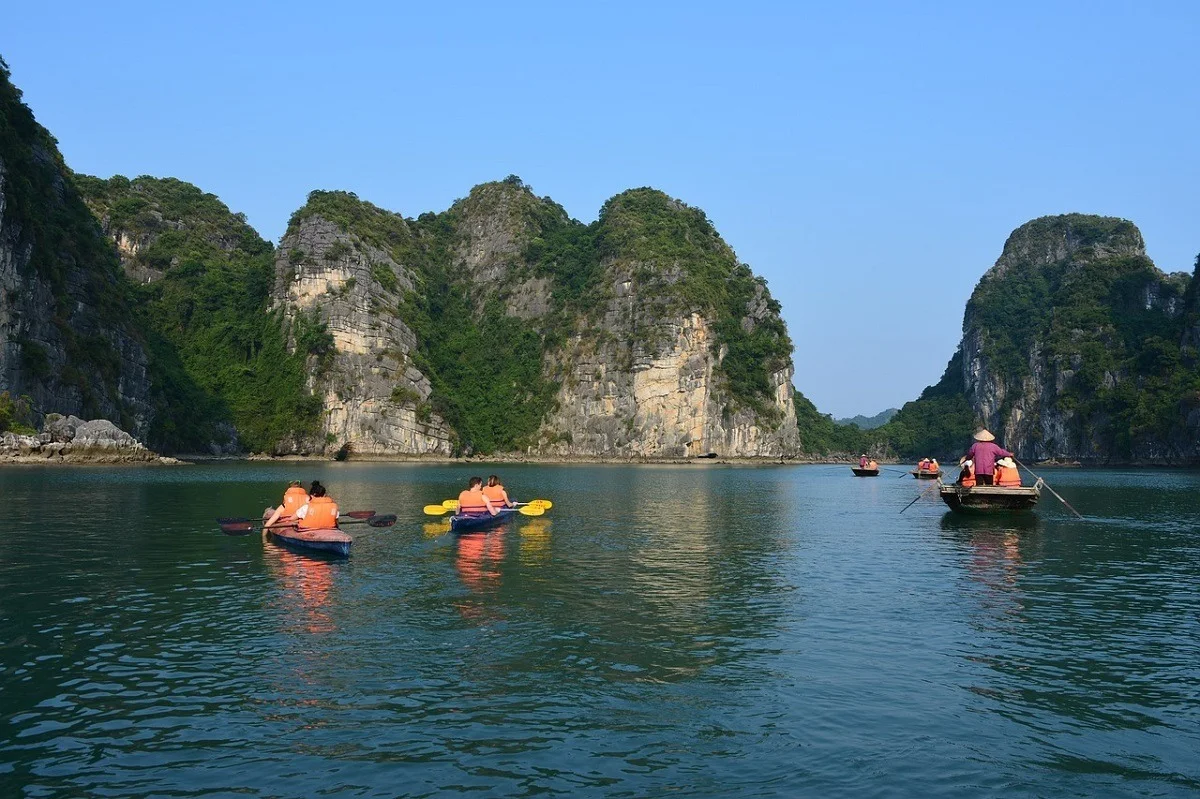
Is trekking difficult? I want a vacation!
Treks can be difficult. If you decide that you want to go the full Great Himalaya Trail in Nepal, you need to allot a minimum of 152 days (and about $28,000) for your adventure. But there are very, very few treks like that.
You can also spend five leisurely days on a trek through the Pu Luong region of Vietnam while doing homestays with local families. You eat with a host family, share meals with them, and interact with them on a deeply personal level.
The reality is that you can have exactly the kind of adventure or experience you want. And many trekking companies are broadening their offerings beyond just walking treks. You can do bicycle treks in the California wine region with a few hours riding in the morning, followed by wine in the vineyards – which sounds exactly like our kind of experience! Or, you can do sea kayak treks in the picturesque bays of Southeast Asia. And you can do treks that combine all of these elements together.
The popularity of specialty treks is also growing rapidly. Adventure touring/adventure travel, which combines light- to moderate-activities (traditional trekking, cycling, etc.) along with other adventure travel activities (safaris, boating, etc.), is expected to be the fastest growing segment of the travel industry. These adventure touring options can often involve a theme, such as photography, birdwatching, or even culinary activities.
This is a way to have an active vacation, but it is still a vacation!
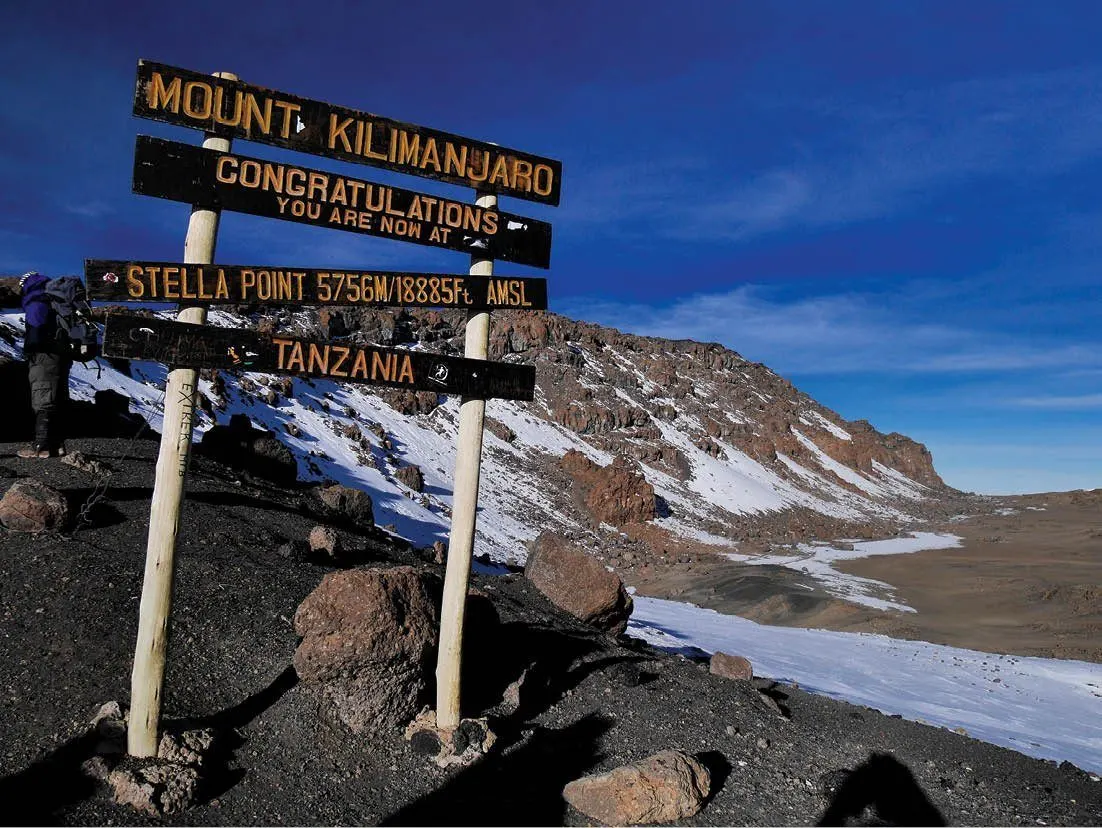
I’m not in great shape. Can I still do the hike or the trek?
In one word: absolutely! You should select options from a trekking company that indicates the level of intensity of the activities. Obviously, don’t select a trek that is beyond your level of fitness. However, a large part of trekking is the mental endurance to continue on.
One of our good friends used to run marathons and visited the highest mountain in Africa to do the Mount Kilimanjaro trek. Despite her incredible fitness, she wasn’t able to summit while some of her fellow hikers with a lower fitness level pushed on and made it to the top. It was a humbling moment for her watching people of a lesser fitness level achieve success. Seeing the summit of Kilimanjaro requires mental grit and 80% of the people who attempt it are successful.
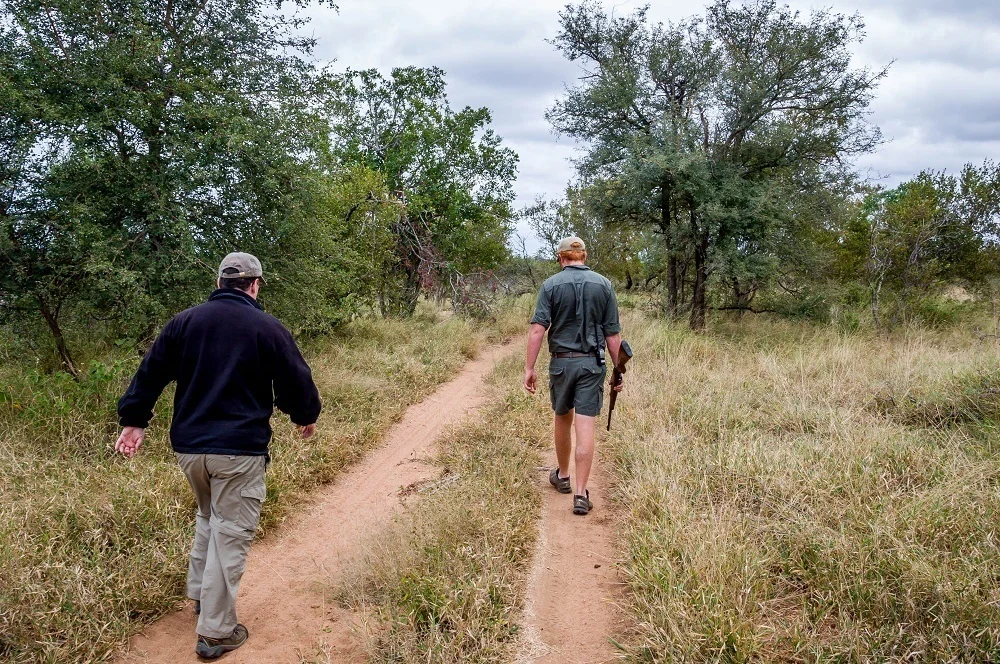
How much trekking time should I plan for? I have limited vacation time!
We get it. Vacation time is precious. That is one of our key focuses on this blog: how can you maximize your limited vacation time. Thankfully, treks are a fully scalable activity and you can devote as much or as a little time to your trek as you want.
A trekking company like World Expeditions, a global leader in adventure treks, will tell you exactly how many days you should be spending on particular treks. Whether it is a two-day overnight trek bushwalking in Africa or Australia, or a multi-month journey through the Himalayas, you can get exactly the trek you want.
We recommend starting modestly. Find a nice 3-6 day trek and add it into a broader vacation. For example, a three- to six-day trek on the Inca Trail to Machu Picchu can easily be added onto a trip to Peru while you are visiting Cusco and Lima. Or, you can add the two-day trek up Mount Teide in Spain onto your beach vacation. You’ll be able experience both a trek as well as other activities which might feel a bit more like a traditional vacation. This is a great way getting started.
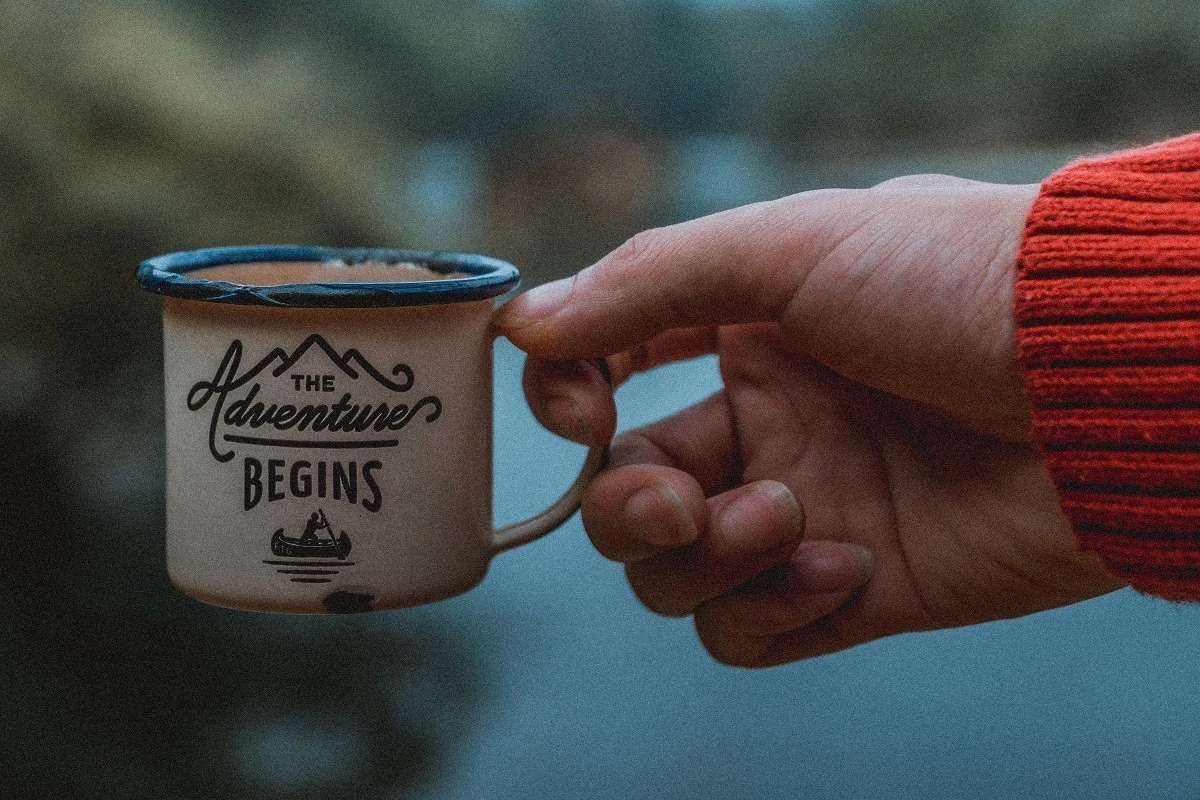
Is trekking expensive?
There’s a perception that trekking is expensive. We’ve never really understood this one. Yes, treks can cost hundreds or thousands of dollars. But if you stay in a hotel for a number of nights, you’ll pay that much anyway.
If you select a trek that is more than 20 days, of course you’ll pay a lot. But it doesn’t have to be expensive. Trekking costs for adventures of less than 10 days can be a cost effective vacation. Companies like World Expeditions offer a whole range of treks that are less than $2,000. And many that are less than $1,000.
The reality is, you get what you pay for. And with trekking, it’s actually a lot. The price of the trek is generally inclusive of almost everything: accommodations, food, permits for national parks, etc. About the other things usually excluded is the transportation to get there, incidentals, and alcohol. When you book your trip, you’ll know exactly what you are getting.
The trek cost can be as little or expensive as you want it to be. There is nothing that inherently makes it expensive.
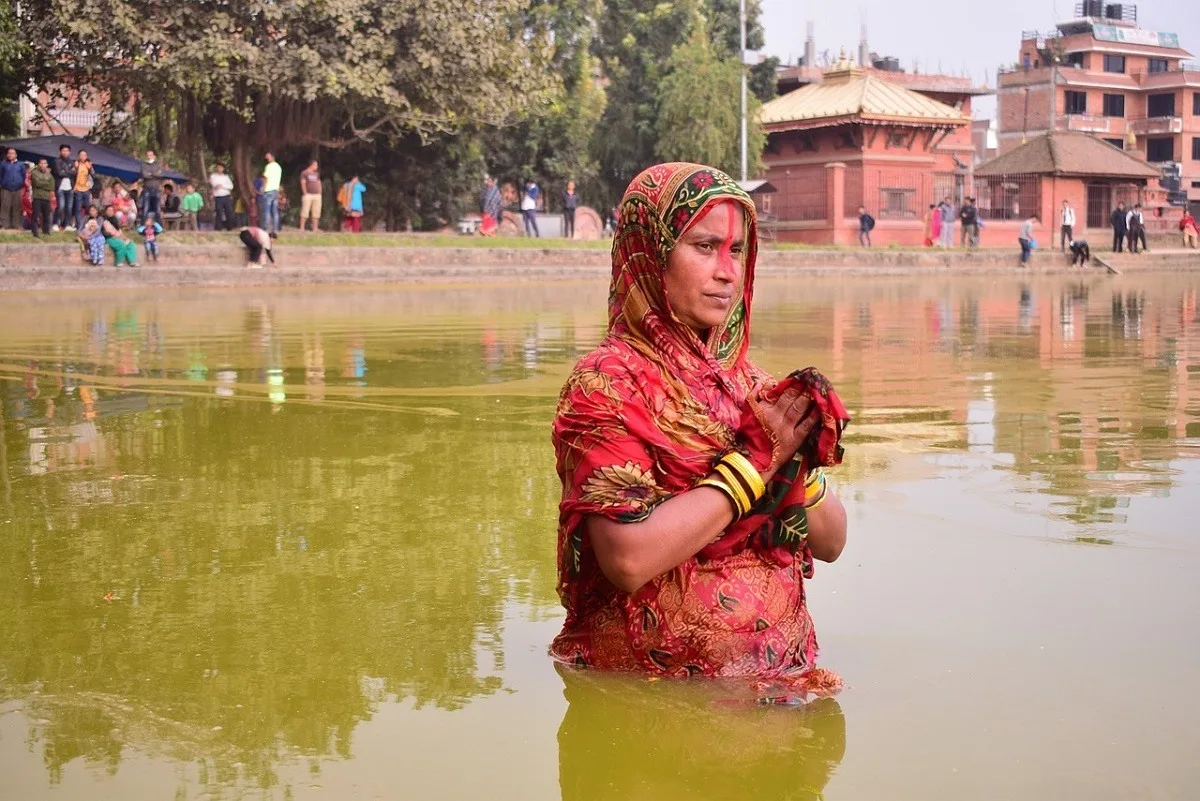
Why would I want to go trekking for vacation?
Putting it bluntly, this is the opportunity to both see somewhere incredible as well as do something memorable, while meeting interesting people along the way. The real meaning in trekking is the unique opportunity to connect with a place and its people in a deeper way than you would otherwise would. And that’s what makes this kind of vacation so special.
All of my favorite memories from my trip to Nepal involve trekking. Whether it was eating momo dumplings in a teahouse, experiencing unusual religious ceremonies, or taking in the incredible views of the Himalaya Mountains, the trek was a constant presence in my happiest memories.
Disclosure: We have partnered with World Expeditions, a leader in adventure treks, on their #BestMountainTrek campaign to highlight why this is a fun and rewarding vacation option. All experiences and opinions in this article are our own.
Lance Longwell is a travel writer and photographer who has published Travel Addicts since 2008, making it one of the oldest travel blogs. He is a life-long traveler, having visited all 50 of the United States by the time he graduated high school. Lance has continued his adventures by visiting 70 countries on 5 continents – all in search of the world’s perfect sausage. He’s a passionate foodie and enjoys hot springs and cultural oddities. When he’s not traveling (or writing about travel), you’ll find him photographing his hometown of Philadelphia.
